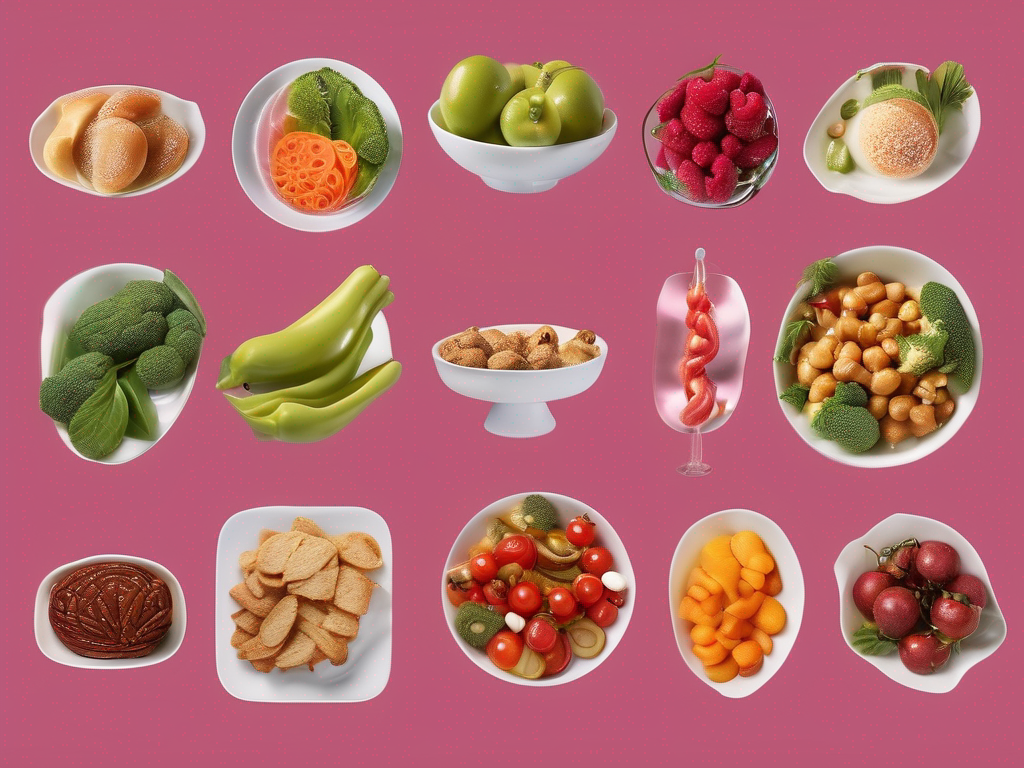
Making the Most of Your Food Pantry: Tips for Safe and Healthy Food Storage
Get Your Free Food Safety Cheat Sheet
30 most common foods with instant answers. Print it and stick it on your fridge—completely free!
Making the Most of Your Food Pantry: Tips for Safe and Healthy Food Storage
In today's unpredictable times, food pantries play a crucial role in providing essential food items to those in need. Whether you are accessing a food pantry for the first time or are a regular visitor, it's important to understand how to store and handle the donated food items safely to ensure their freshness and quality. In this blog post, we will discuss some practical tips and guidelines for safe food storage when using food pantry free food.
Understanding Food Pantry Donations
When visiting a food pantry, you may receive a variety of food items, including canned goods, grains, dairy products, and fresh produce. While these donations are typically safe to consume, it's essential to inspect them for any signs of damage or spoilage before consumption. Here are some key points to keep in mind:
Inspecting Donated Food Items
- Check for any dents, leaks, or bulges in canned goods, as these may indicate contamination.
- Examine grains and cereals for signs of pests or moisture damage.
- Inspect dairy products for expiration dates and signs of spoilage, such as unusual odors or curdling.
- Check fresh produce for mold, bruises, or rotting spots.
Properly Storing Food Pantry Donations
- Store canned goods in a cool, dry place away from direct sunlight.
- Keep grains and cereals in airtight containers to prevent pest infestation.
- Refrigerate dairy products promptly and consume them before the expiration date.
- Store fresh produce in the refrigerator or a cool, dark area to extend their shelf life.
Safe Food Handling Practices
When handling food pantry donations, it's crucial to follow proper food safety practices to prevent foodborne illnesses. Here are some tips to keep in mind:
Washing Hands
- Always wash your hands with soap and water before handling food items.
- Use hand sanitizer if soap and water are not available.
Separating Raw and Cooked Foods
- Store raw meats, poultry, and seafood separately from ready-to-eat foods to avoid cross-contamination.
- Use separate cutting boards and utensils for raw and cooked foods.
Cooking Temperatures
- Cook meat, poultry, and seafood to their recommended internal temperatures to kill harmful bacteria.
- Use a food thermometer to ensure food is cooked thoroughly.
Leftovers
- Refrigerate leftovers promptly and consume them within a few days.
- Reheat leftovers to an internal temperature of 165°F (74°C) before serving.
Food Storage Tips
Proper food storage is key to maintaining the quality and safety of food pantry donations. Here are some practical tips for storing different types of food items:
Canned Goods
- Rotate canned goods regularly to use older items first.
- Store canned goods in a pantry or cupboard with a consistent temperature.
Grains and Cereals
- Keep grains and cereals in a cool, dry place to prevent moisture and pest infestation.
- Transfer opened packages to airtight containers for extended shelf life.
Dairy Products
- Refrigerate dairy products at or below 40°F (4°C) to slow down bacterial growth.
- Check expiration dates regularly and discard any expired items.
Fresh Produce
- Store fruits and vegetables in separate compartments in the refrigerator.
- Wash fresh produce thoroughly before consumption to remove any dirt or pesticides.
Conclusion
By following these tips and guidelines for safe food storage and handling, you can make the most of your food pantry donations while ensuring the safety and quality of the food items. Remember to inspect donated items for any signs of spoilage, practice proper food safety measures, and store food items appropriately to extend their shelf life. Food pantries play a vital role in providing nutritious food to those in need, and by taking care of the donated items, you can make a positive impact on your health and well-being.
Authoritative Food Safety References
These agencies and university labs inform every tip and health precaution we publish.
USDA FoodKeeper – Cold Storage Guidelines
Official refrigerator, freezer, and pantry timelines maintained by the U.S. Department of Agriculture.
Visit USDA FoodKeeperFDA Produce Safety Rule & Grower Guidance
Field-to-fridge handling practices that prevent contamination of fruits, vegetables, and leafy greens.
Visit FDA Produce SafetyCDC Foodborne Illness Prevention Hub
Surveillance-backed guidance on pathogens, symptoms, and steps to reduce foodborne illness risk.
Visit CDC Food SafetyUC Davis Postharvest Technology Center
University research detailing optimal storage atmospheres for produce after harvest.
Visit UC Davis PostharvestPenn State Extension – Home Food Preservation & Safety
Peer-reviewed extension bulletins on safe canning, chilling, and reheating practices.
Visit Penn State ExtensionGet Your Free Food Safety Cheat Sheet
30 most common foods with instant answers. Print it and stick it on your fridge—completely free! Want more? Upgrade to the complete guide with 70+ foods.
Scan your food directly and get instant safety info using our AI-powered camera feature.